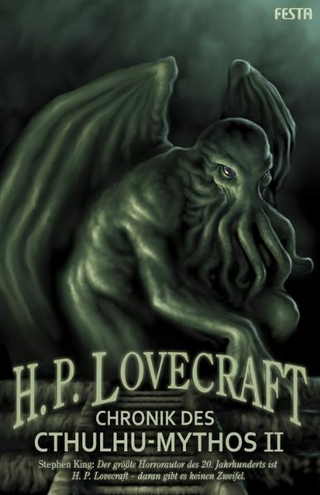
Catholic Horror and Rhetorical Dialectics
Seiten
2024
Lehigh University Press (Verlag)
978-1-61146-362-0 (ISBN)
Lehigh University Press (Verlag)
978-1-61146-362-0 (ISBN)
Catholic Horror and Rhetorical Dialectics argues that Catholic horror fiction works distinctively to inspire the philosophical, theological, and spiritual imaginations of readers from all backgrounds and faith traditions, employing dialectical methods to invite audiences to reflect on profound existential questions.
Identifying an important subgenre of horror literature, this book argues that Catholic horror fiction works distinctively to inspire the philosophical, theological, and spiritual imaginations of readers from all backgrounds and faith traditions. Hurley analyzes four novels that are foundational to the genre of Catholic horror: J.K. Huysmans’s Là-Bas (1891), Robert Hugh Benson’s The Light Invisible (1903) and A Mirror of Shallot (1907), and William Peter Blatty’s The Exorcist (1971). Putting these texts in conversation with the classical liberal arts, the book shows how Catholic horror fiction coheres in a commitment to dialectical thinking that aims both to resolve—and to accommodate—contrasting world views. Given its use of this methodology, Catholic horror literature is uniquely positioned to draw readers into a contemplative mindset. In presenting ghost stories, tales of possession, and narratives about evil, Catholic horror invites audiences to confront and reflect on profound existential questions—questions about the line between life and death, the nature of being, and the meaning of reality.
Identifying an important subgenre of horror literature, this book argues that Catholic horror fiction works distinctively to inspire the philosophical, theological, and spiritual imaginations of readers from all backgrounds and faith traditions. Hurley analyzes four novels that are foundational to the genre of Catholic horror: J.K. Huysmans’s Là-Bas (1891), Robert Hugh Benson’s The Light Invisible (1903) and A Mirror of Shallot (1907), and William Peter Blatty’s The Exorcist (1971). Putting these texts in conversation with the classical liberal arts, the book shows how Catholic horror fiction coheres in a commitment to dialectical thinking that aims both to resolve—and to accommodate—contrasting world views. Given its use of this methodology, Catholic horror literature is uniquely positioned to draw readers into a contemplative mindset. In presenting ghost stories, tales of possession, and narratives about evil, Catholic horror invites audiences to confront and reflect on profound existential questions—questions about the line between life and death, the nature of being, and the meaning of reality.
Gavin F. Hurley is associate professor of communication at Ave Maria University.
Introduction: Contemplative Horror and Rhetoric
Chapter One: What is Catholic Horror Literature?
Chapter Two: What are Rhetorical Dialectics?
Chapter Three: Rhetorical Dialectics of J.K. Huysmans’s Là-Bas (1891)
Chapter Four: Rhetorical Dialectics of Robert Hugh Benson’s The Light Invisible (1903)
Chapter Five: Rhetorical Dialectics of Robert Hugh Benson’s A Mirror of Shallot (1907)
Chapter Six: Rhetorical Dialectics of William Peter Blatty’s The Exorcist (1971)
Conclusion: Orienting the Head and Heart
| Erscheinungsdatum | 04.07.2024 |
|---|---|
| Reihe/Serie | Critical Conversations in Horror Studies |
| Verlagsort | Cranbury |
| Sprache | englisch |
| Maße | 161 x 236 mm |
| Gewicht | 467 g |
| Themenwelt | Literatur ► Krimi / Thriller / Horror ► Horror |
| Geisteswissenschaften ► Religion / Theologie | |
| Geisteswissenschaften ► Sprach- / Literaturwissenschaft ► Anglistik / Amerikanistik | |
| Geisteswissenschaften ► Sprach- / Literaturwissenschaft ► Literaturwissenschaft | |
| ISBN-10 | 1-61146-362-9 / 1611463629 |
| ISBN-13 | 978-1-61146-362-0 / 9781611463620 |
| Zustand | Neuware |
| Haben Sie eine Frage zum Produkt? |
Mehr entdecken
aus dem Bereich
aus dem Bereich
Buch | Softcover (2024)
Piper (Verlag)
17,00 €


